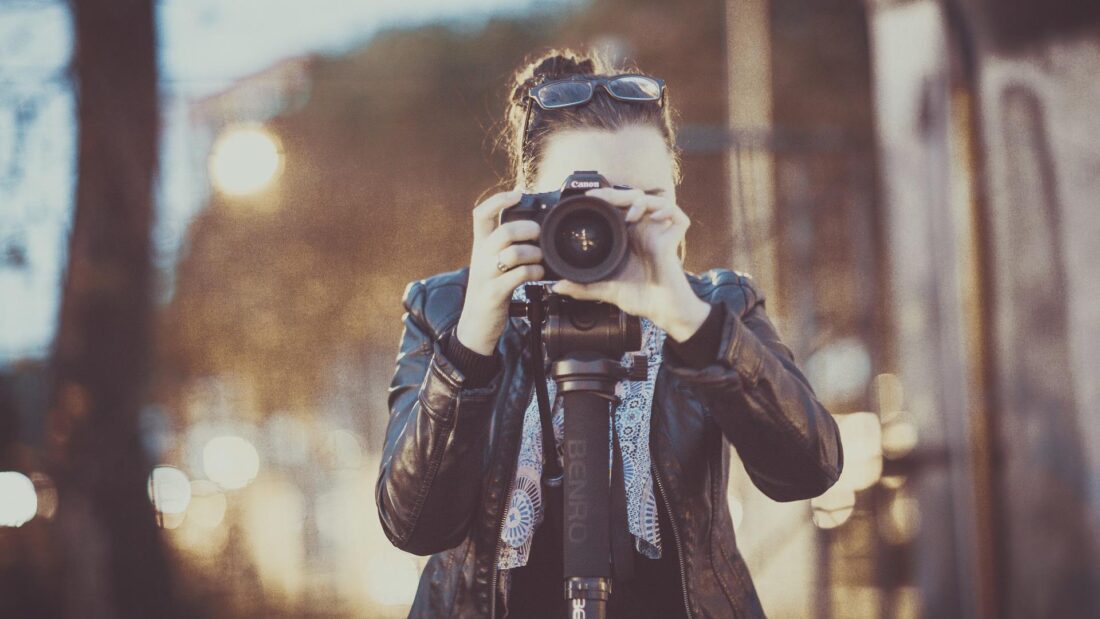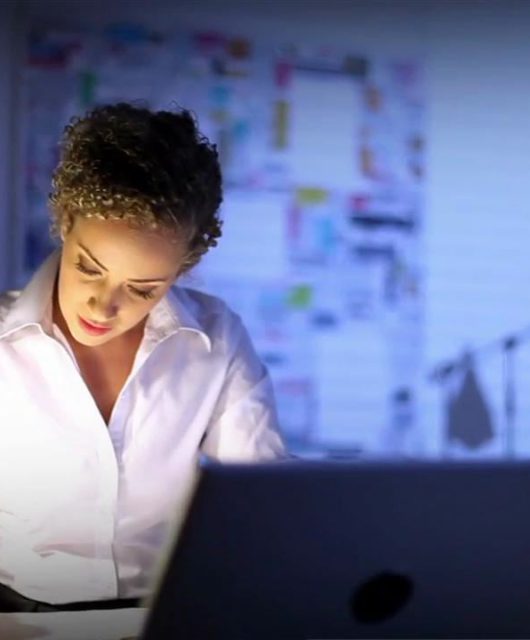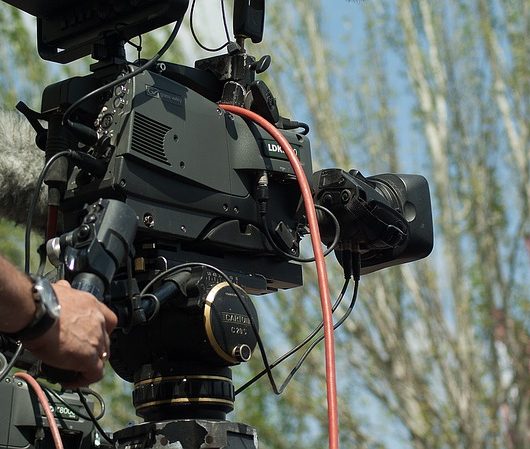Capturing The Perfect Moment: Photography Tips For Beginners – Bruce Weber
Anyone can take a picture. But to capture the perfect moment – that is an art form. If you are just starting out in photography, or if you are looking for ways to improve your skills, we have some tips for you! In this blog post, we will discuss the basics of photography and offer some tips on how to take great photos. Whether you are using a digital camera or a smartphone, these tips from experts like Bruce Weber will help you capture beautiful moments that will last a lifetime.
1. What is photography, and how does it work?
In its simplest form, photography is the art of capturing light. A camera works by letting light into a small opening (the aperture) and then recording that image onto film or a digital sensor. The size of the aperture determines how much light enters the camera, and the shutter speed controls how long the image is exposed to the light. By adjusting these two settings, you can control the overall brightness of your image.
2. The basics of photography – aperture, shutter speed, and ISO
When you are first starting out in photography, it is important to understand the basics of aperture, shutter speed, and ISO. Aperture refers to the size of the opening in your camera lens. The larger the aperture, the more light that enters the camera. Shutter speed is the amount of time that your camera’s shutter is open, and ISO is the sensitivity of your camera’s sensor to light.
By understanding how these three elements work together, you can start to control the overall exposure of your images. For example, if you want to capture a fast-moving object, you will need to use a faster shutter speed. Conversely, if you are taking a picture in low light, you will need to use a higher ISO setting.
3. How to take great photos with a digital camera or smartphone
Now that you understand the basics of photography, it’s time to start taking great photos! Here are some tips:
– If you are using a digital camera, make sure to set the resolution to the highest setting. This will ensure that your images are high quality and can be printed large.
– When taking pictures of people, make sure to focus on their eyes. This will create a more intimate and personal photo.
– If you are using a smartphone, try experimenting with the different camera apps that are available. Many of them offer manual controls, which will give you more control over your images.
4. Tips for composition and lighting
Once you have the basic settings down, you can start to experiment with composition and lighting. Here are some tips:
– When composing your shots, try to use the “Rule of Thirds.” This rule states that an image is more visually pleasing when the subject is off-center.
– Play around with different lighting techniques, such as backlighting or using a reflector.
– If you are taking a picture of a person, make sure to capture their emotions. A candid photo will be more memorable than a posed one.
5. Editing and post-processing photos
After you have taken your photos, it’s time to edit and post-process them. Here are some tips:
– Use editing software to crop your images and adjust the brightness, contrast, and saturation.
– If you are posting your photos online, make sure to use a sharpening filter. This will make your images look more professional.
– When printing your photos, make sure to use high-quality paper. This will prevent your images from fading over time.










